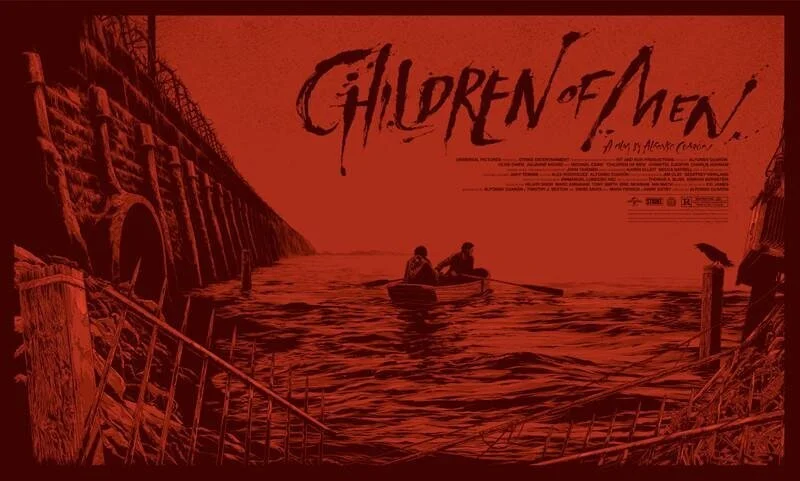by Ruohao Yan
Chungking Express, a 1994 movie about romantic and urban life in Hong Kong, depicts the glamour of the metropolitan life and social issues in Hong Kong. The film director, Wong Kar-Wai, describes two love stories between ordinary citizens. In the first romantic story, a police officer, went by the number “223” broke up with his girlfriend on April fool's day, but he was trying to salvage his relationship with her. A month later, he found that his girlfriend had a new love, so chose to give up and went to a bar to forget. He met a female drug dealer in the bar who was betrayed by her boyfriend. The two spent the night together. However, their relationship did not work out. In the second story, a police officer, went by the number “663”, had been in a depression for a long time due to his breakup with his girlfriend. The film not only highlights the beauty of Hong Kong, but also touches upon the dark side of society
Read More











